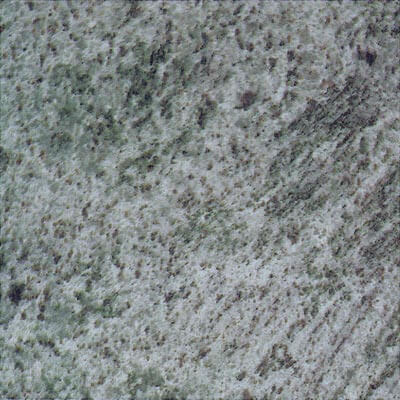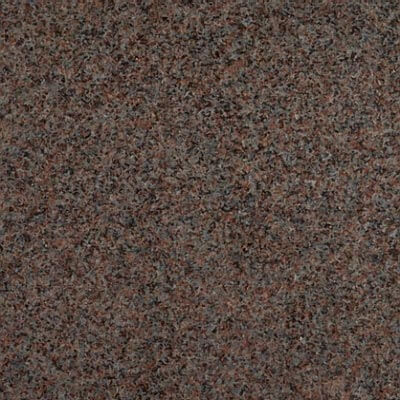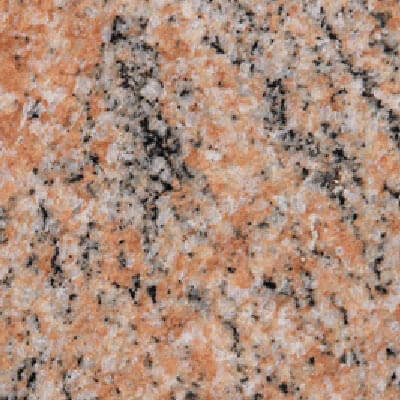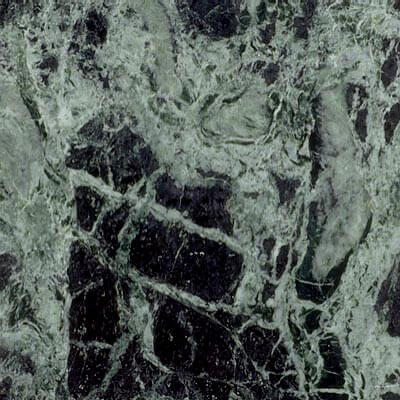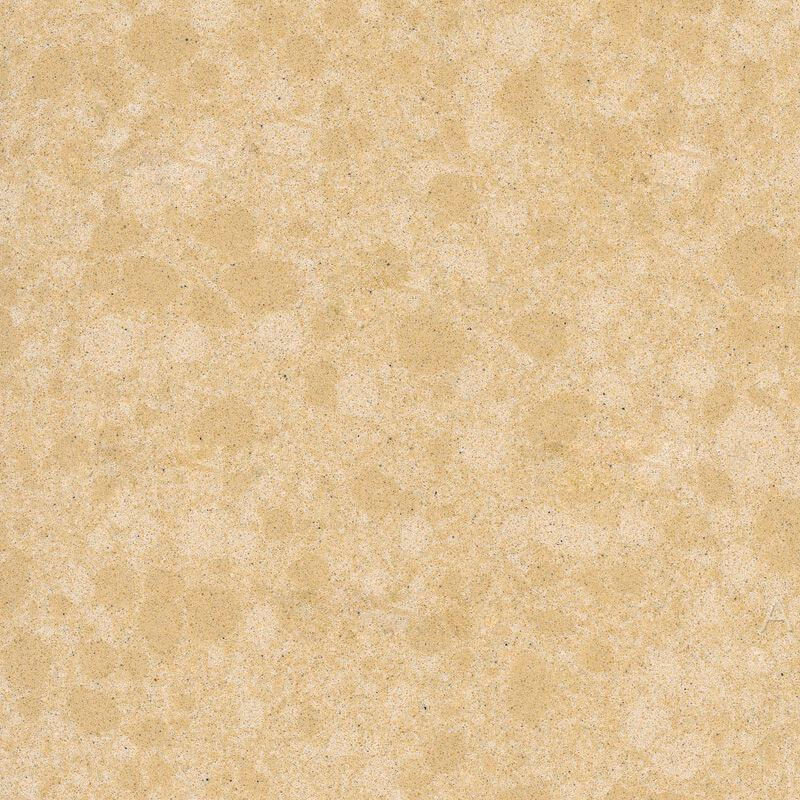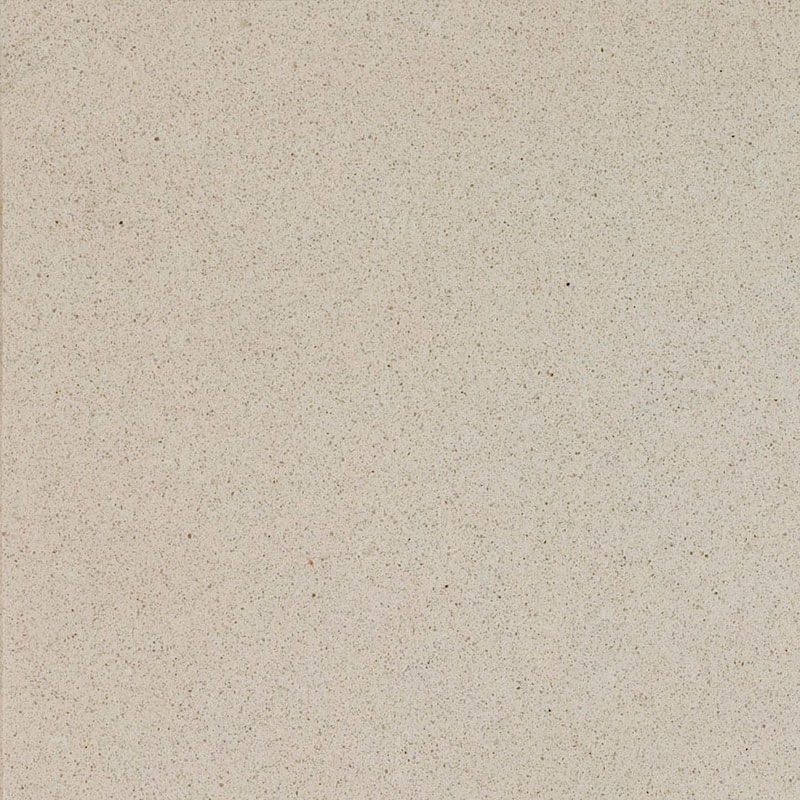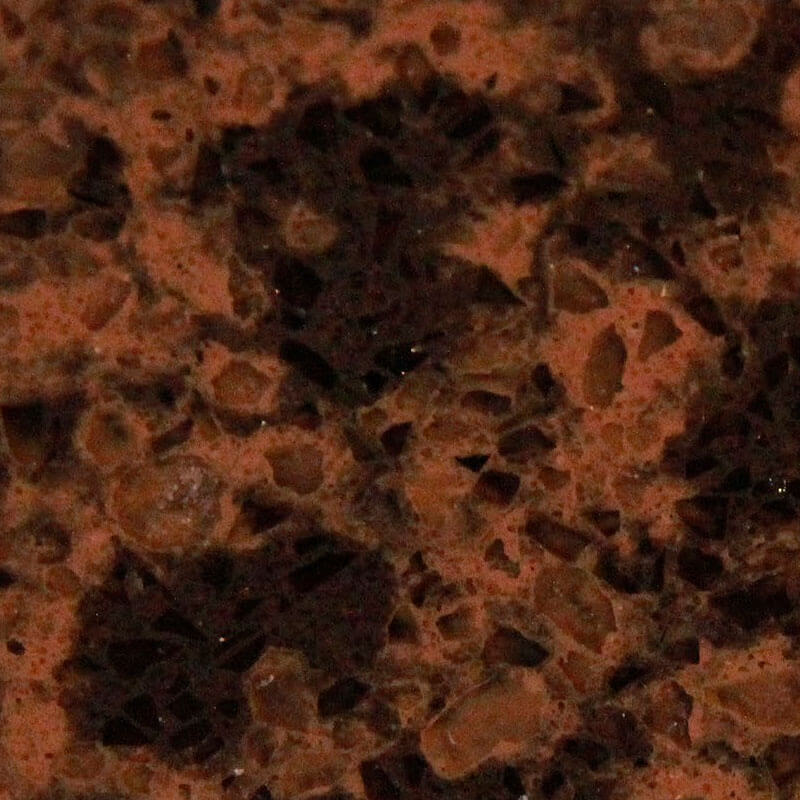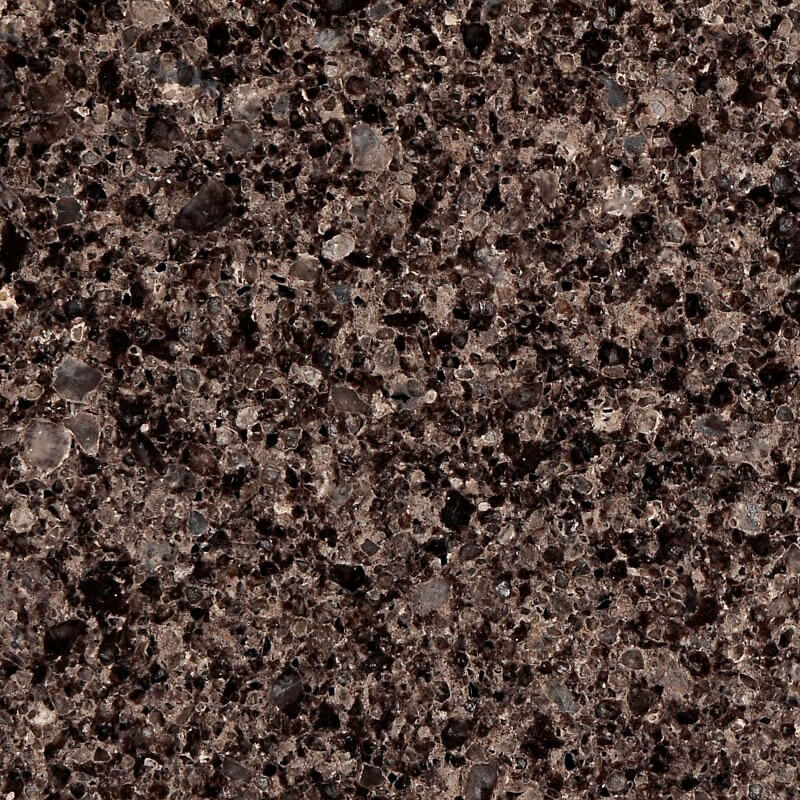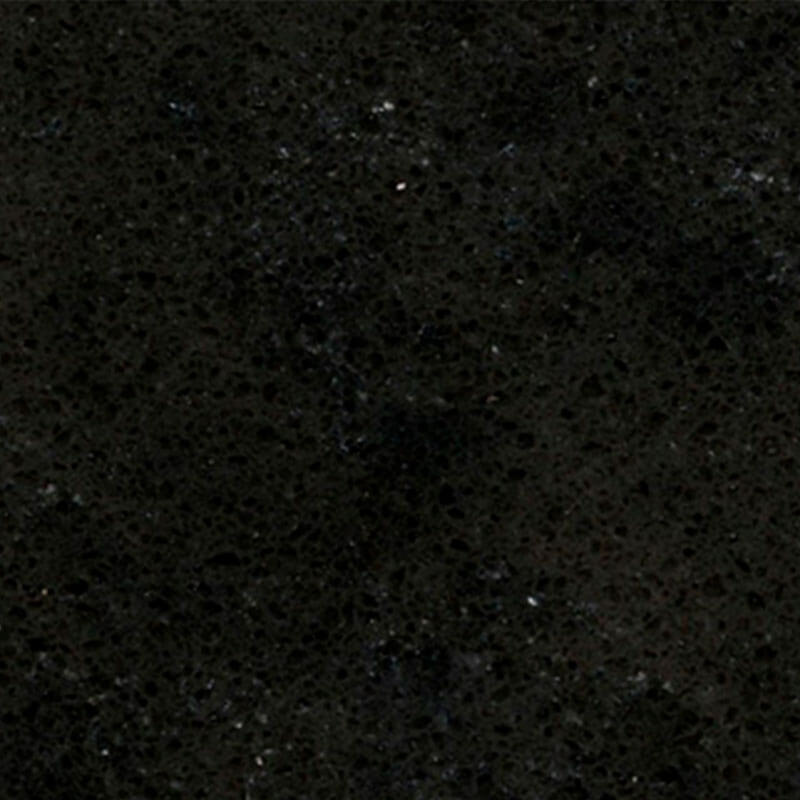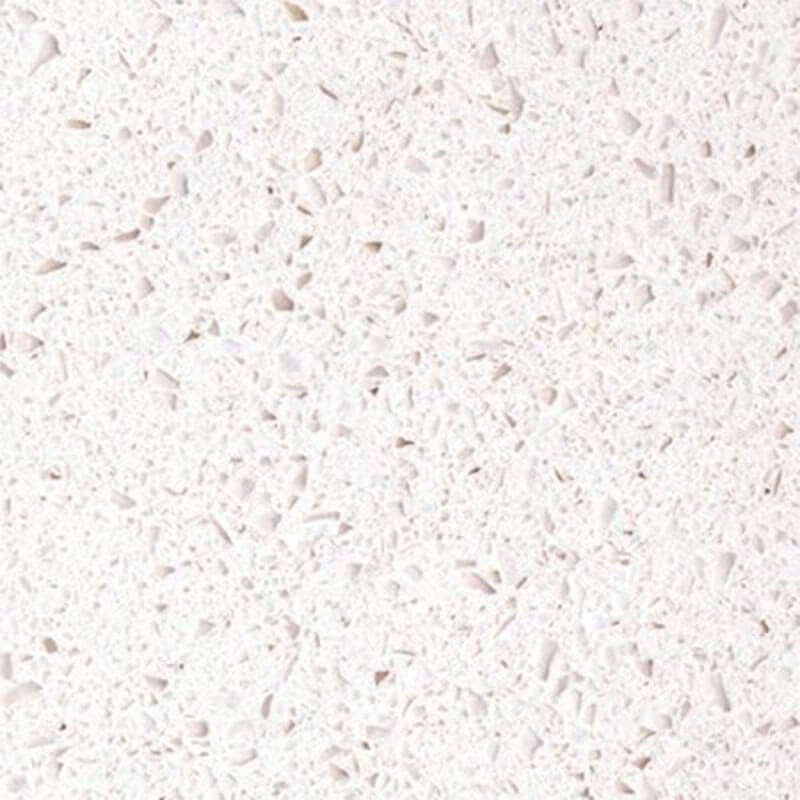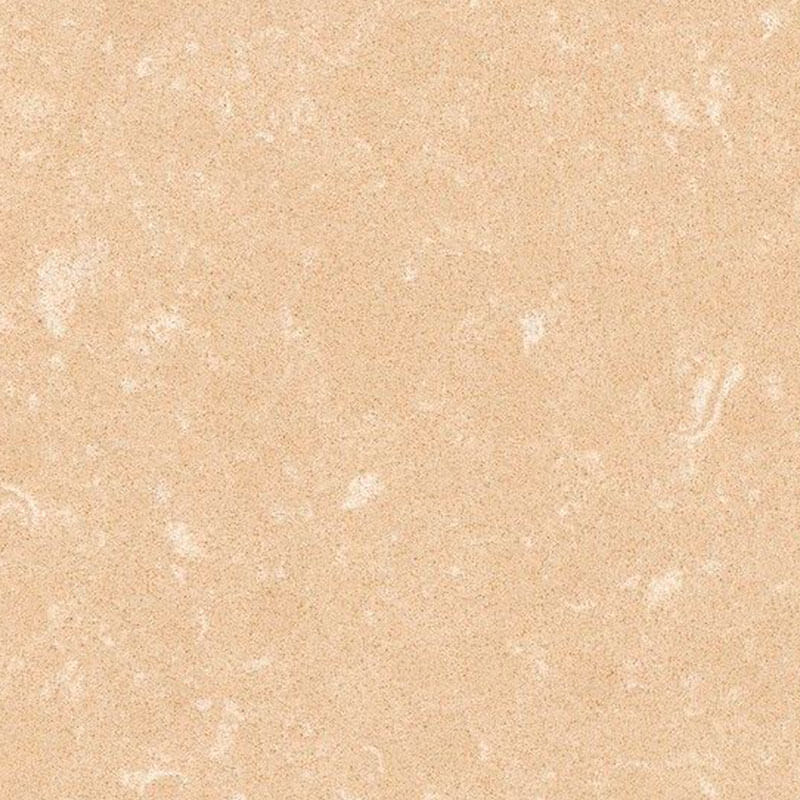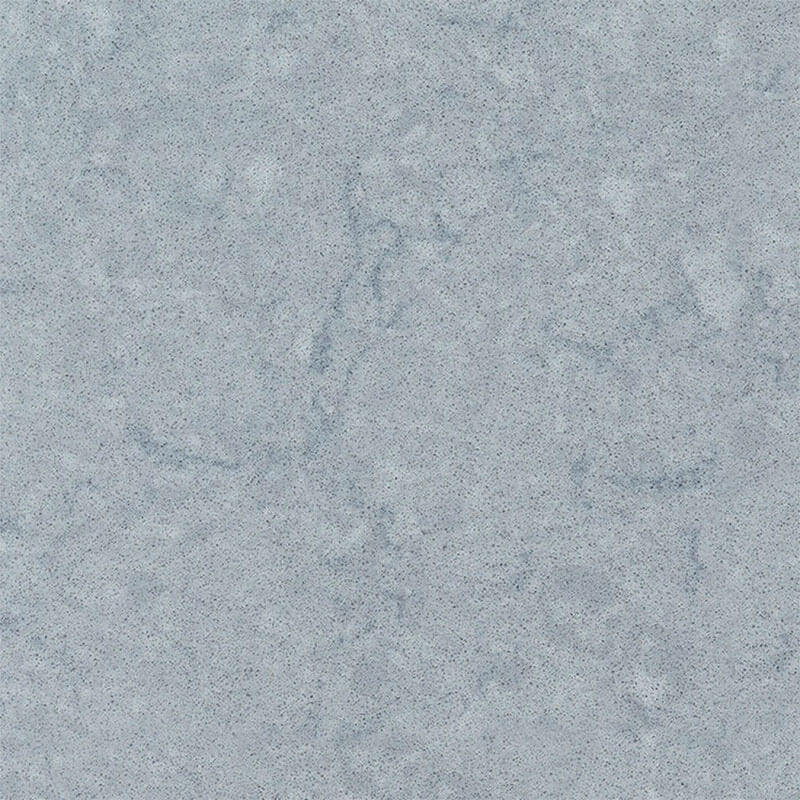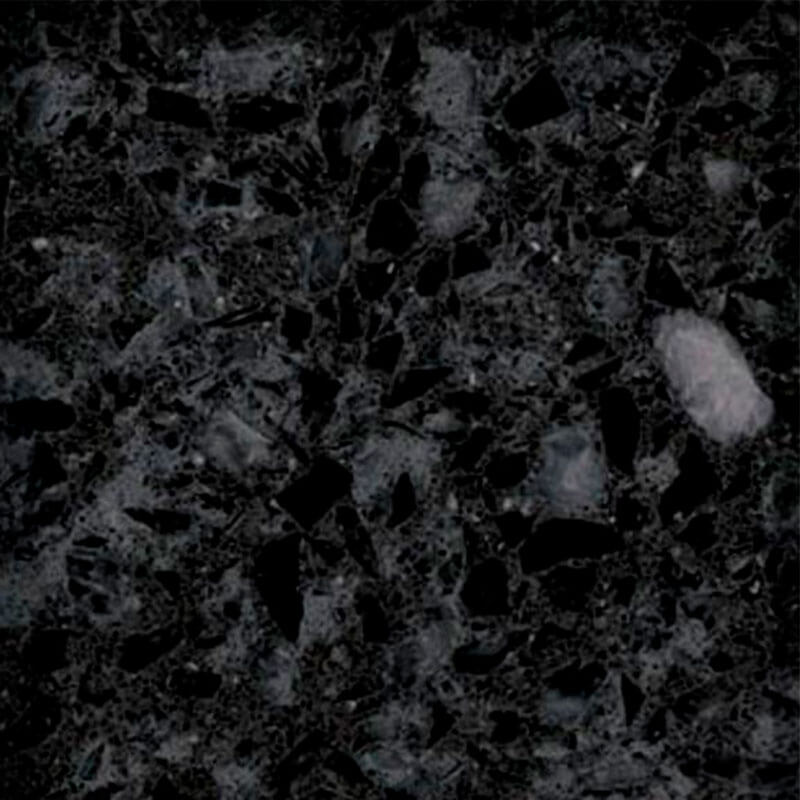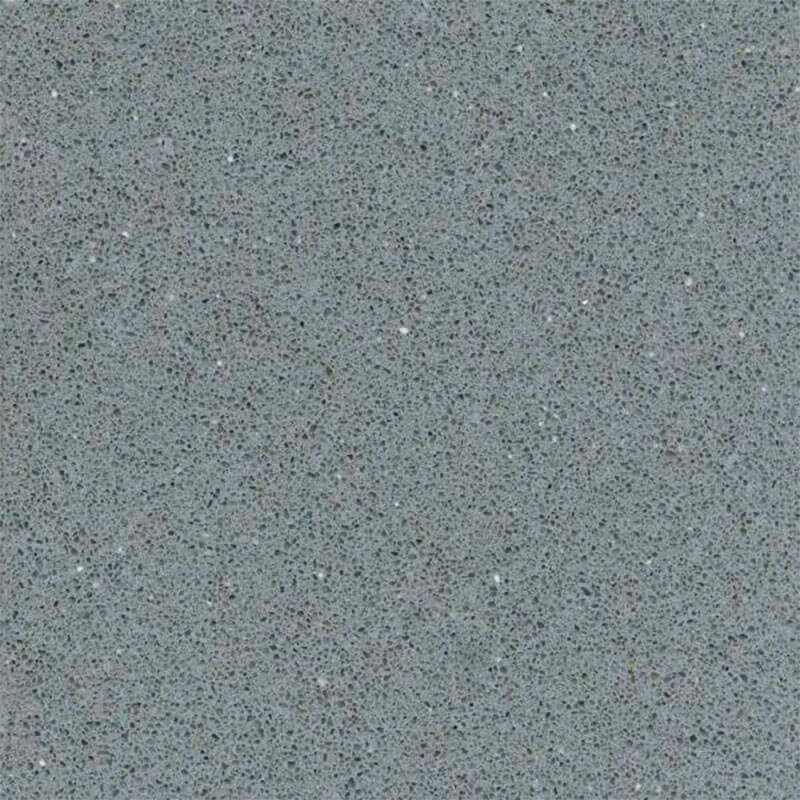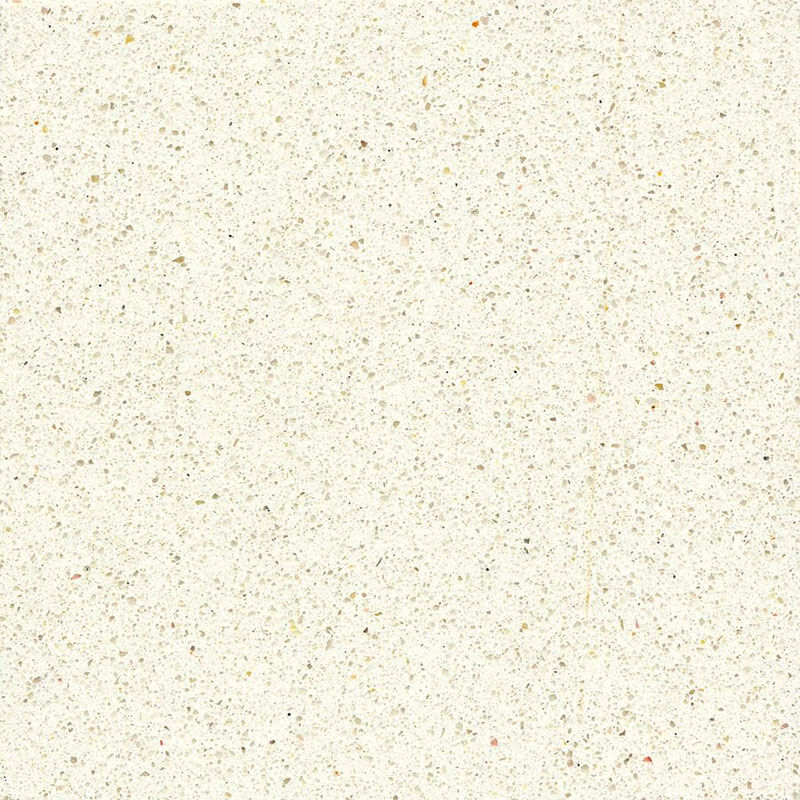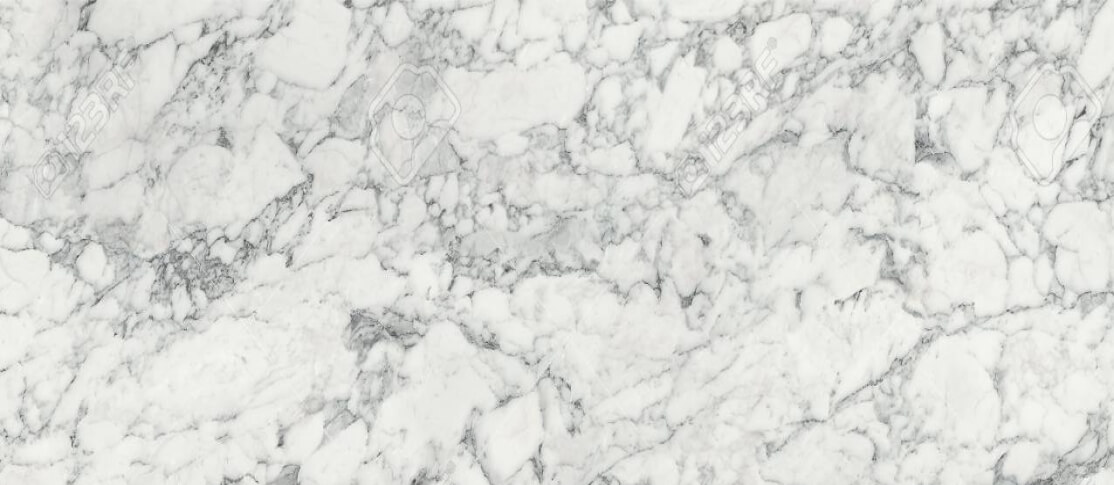![]()
The durability, elegance and beauty of natural stone contribute to its popularity with
homeowners. The variety of types, finishes, thicknesses, and textures means there is a
natural stone product to suit every taste. Since every stone is different, the addition
of natural stone to the home ensures the uniqueness of each bath, kitchen and floor in
which it appears.
Natural stone is formed by heat and pressure deep in the earth. After extraction from a
mountainside or from soil, craftsmen cut, fabricate and polish unremarkable chunks of granite,
marble, onyx and limestone into gleaming slabs of elegant stonework. Each slab of natural
stone results from a combination of powerful natural forces and the artistry of experienced
craftsmen.
![]()
Granite is an igneous rock with a medium or coarse grain, rich in both
feldspar and quartz. Granite is dense and very hard, and it can be easily cut into large
blocks. The color of the feldspar within determines the color of the granite, which ranges
from dark gray to white and pink. Granite is so hard that diamonds are required to cut and
polish it. Granite is a popular countertop material due to its strength and ability to
withstand the high temperatures of hot pots and pans. Penetrating silicone-based sealer
prevents granite from staining when exposed to hot grease and oil. Granite polishes well
and is available in a variety of finishes.
![]()
Marble is a metamorphic rock composed primarily of limestone and dolomite
that have been exposed to extreme heat or pressure. Marble is among the most beautiful
stone materials, possessing a highly polished surface and available in hues ranging from
earth tones to vivid reds and emerald greens. The colors are caused by impurities, such
as carbon or iron.
![]()
Caesarstone is a polished manmade stone containing 93 percent natural
quartz aggregate and 7 percent polymer resins and pigments, compacted into solid,
impermeable slabs. The slabs are cured, manufactured to a specific thickness and polished
to a high shine. Caesarstone is available in a wide range of colors and is used primarily
for bathroom vanities and kitchen countertops.
![]()
Limestone is a sedimentary rock made up largely of calcite and aragonite,
which are forms of calcium carbonate. Like many sedimentary rocks, limestone contains grains
made of skeletal fragments of marine life forms. The marine organisms secrete shells composed
of calcite or aragonite and leave them behind after dying. Some forms of limestone, such as
travertine, result from chemical precipitation. Limestone is usually white, but the presence
of impurities, such as sand, clay, iron oxide and organic remains, can produce a variety of
colors.
![]()
Ceramic tile is usually made from white or red clay baked at high
temperatures in a kiln. The clay is mixed with combinations of sand, quartz and feldspar
to improve strength and reduce the possibility of shrinkage and cracking. Once the firing
process has been completed, the clay is referred to as bisque.
![]()
Unglazed tiles are dense and hard, and they are made with only one firing.
These tiles do not receive a glaze coating, and the color stays the same throughout, ensuring
that small scratches remain unnoticeable.
![]()
Glazed tiles are made in the same way as unglazed tiles, but they undergo
an application of liquid glaze before firing. The extreme heat of the firing process causes
the glaze to fuse with the clay. Color is not uniform throughout these tiles as it is in
unglazed tiles, but glazed tiles have the benefit of superior stain resistance. Some varieties
of glazed tiles are suitable for countertops and floors; others should be used only on walls.
![]()
Quarry tile is made from natural clay and shale through an extrusion process.
The tiles are fired at high temperatures, altering the chemical composition and creating
particularly hard, heavy tiles. The color of the tile varies naturally, making stains hard
to detect. Quarry tile absorbs little water and is suitable for outdoor use and for bathrooms.
Quarry tiles are easily cleaned and maintained.
![]()
Porcelain is a ceramic product that results from the heating of raw materials,
including clay, to temperatures above 2000 degrees Fahrenheit. The high firing temperature
results in the formation of the mineral mullite and glass, which together produce porcelain's
notable strength and translucence. Porcelain is rated as vitreous or impervious, meaning
that it exhibits very little absorbency. Porcelain tiles are available in a variety of shapes
and sizes and can be manufactured to resemble more costly slate, stone or marble.
![]()
Mosaic tiles are usually made of porcelain or ceramic and measure two inches
square or less. They are generally pre-netted in a variety of shapes and are used on both
walls and floors. Mosaic tiles can be used as decorative inserts in shower areas and kitchen
backsplashes.

 Nero Africa
Nero Africa
 Galaxy Black
Galaxy Black
 Absolute Black Zimbabwe
Absolute Black Zimbabwe
 Absolute Black Belfast
Absolute Black Belfast
 Artic Blu
Artic Blu
 Blue Pearl
Blue Pearl






